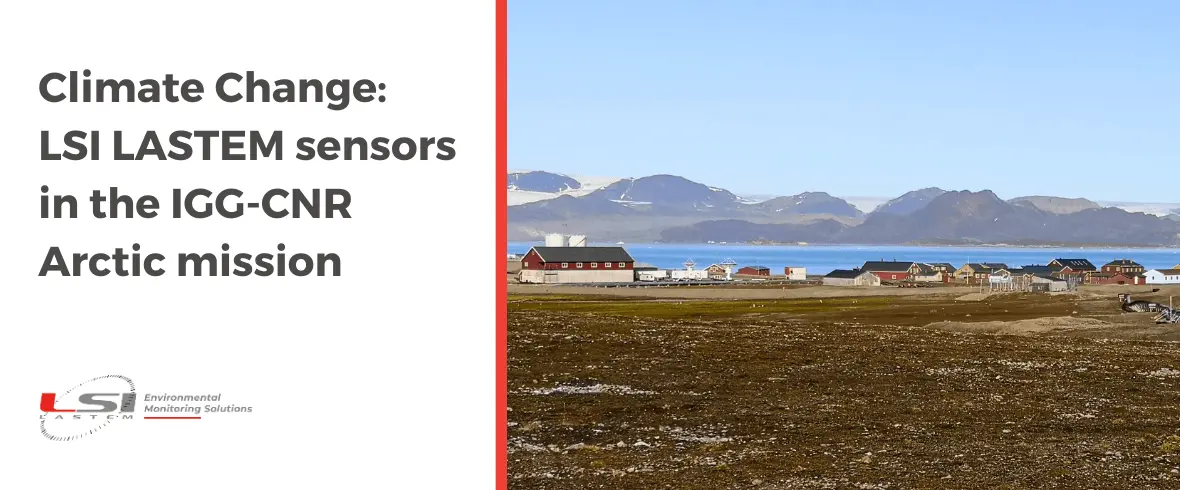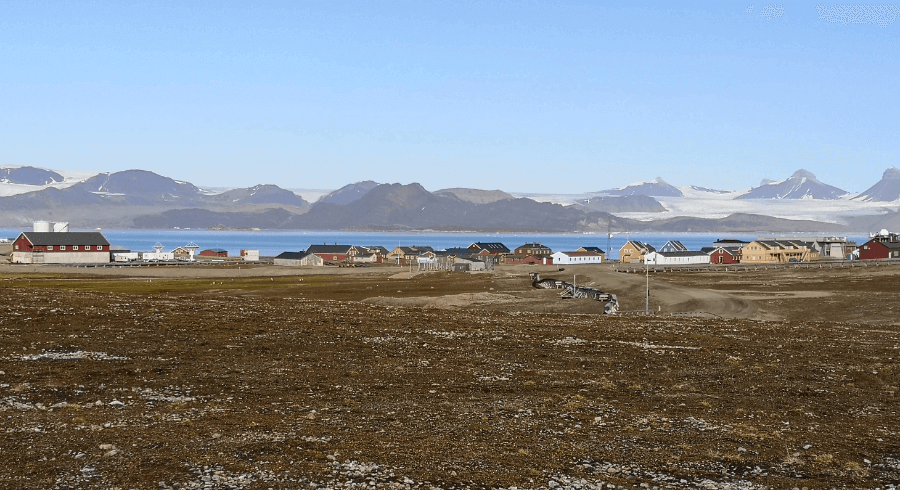Climate Change: LSI LASTEM sensors in the IGG-CNR Arctic mission

In this historical moment, characterized by significant climate changes caused by global warming, researchers from around the world are examining the consequences that the increase in temperatures in the Arctic can have on climate regulation. Among these, changes in the ability to store carbon in the tundra soil and vegetation require particular attention, as it plays a fundamental role in limiting the concentration of carbon dioxide in the atmosphere.
Context
The Arctic is one of the Planet’s regions where Climate Change is occurring with greater evidence and rapidity. According to expert estimates, the Arctic’s average temperature is increasing at a rate that exceeds more than twice the global average, a phenomenon known as “Arctic Amplification.” This rapid temperature increase is causing significant changes throughout the region, including a decrease in sea ice cover, permafrost thawing and glacier retreat, as well as a reduction in the snow cover duration and other modifications in polar ecosystems.
The rising temperatures in the Arctic lead to deeper permafrost thawing each summer, promoting the decomposition of organic matter present in the upper soil layer by microorganisms. This process can generate an increase in carbon dioxide emissions (in case of aerobic respiration, that is, in presence of oxygen) or methane emissions (in case of anaerobic respiration, that is, in absence of oxygen).

Arctic expedition
Climate change represents a global threat that requires careful analysis of its causes and effects. For this reason, research activities in the Arctic have become increasingly crucial. The Institute of Geosciences and Earth Resources of the National Research Council of Italy (IGG-CNR) is carrying out several long term projects to understand, analyze, and monitor ongoing changes in the soil-vegetation-atmosphere system in response to Climate Change. One of such projects, started in 2019, focuses on measuring carbon dioxide fluxes from the Arctic tundra, with the aim of developing models that can predict their intensity in relation to climate variables.
To achieve this goal, the research group performs accurate measurements of carbon dioxide absorption (through photosynthesis) and release (through soil and plant respiration), along with various meteorological variables. The project’s researchers use LSI LASTEM sensors to record fundamental data for this study, such as solar radiation, temperature, and relative humidity.
Research activities take place on the island of Spitsbergen, in the Svalbard archipelago, north of Norway. The IGG-CNR researchers work near the village of Ny-Ålesund, where the Italian research base managed by the CNR (Dirigibile Italia Arctic Station) is located. Ny-Ålesund is located on the Brøggerhalvøya peninsula, facing the King’s Bay (Kongsfjorden), and is about 100 km from Longyearbyen and about 1300 km from the North Pole.
